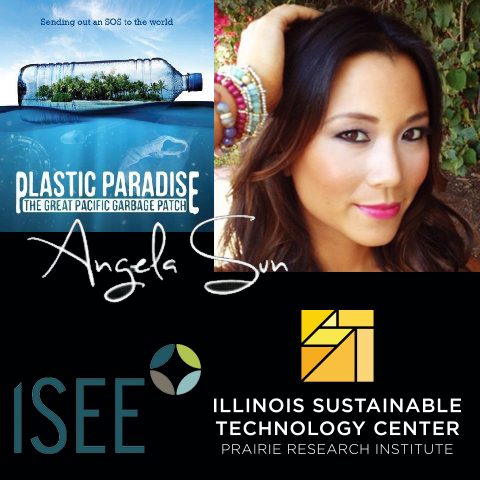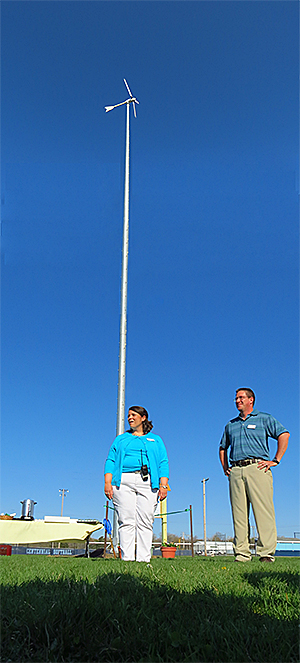 Director, writer and actress Angela Sun will visit the Urbana-Champaign campus at 6 p.m. on Tues., Oct. 21 for a screening of her film “Plastic Paradise: The Great Pacific Garbage Patch.”
Director, writer and actress Angela Sun will visit the Urbana-Champaign campus at 6 p.m. on Tues., Oct. 21 for a screening of her film “Plastic Paradise: The Great Pacific Garbage Patch.”
The documentary records the plight of the natural ecosystem of Midway Atoll as it encounters the Great Pacific Gyre, a swirling garbage patch of plastic washed off of surrounding continents.
Named a National Wildlife Refuge in 1988, Midway’s reefs and sand islands form a habitat for millions of seabirds. The film traces Sun’s investigation of the damage produced by humans’ demand for plastic.
The event will be held in Room 149, National Soybean Research Center.
Co-sponsors for this free community/campus event are the Institute for Sustainablity, Energy, and the Environment (iSEE), and the Illinois Sustainable Technology Center.
Plastics in the environment have increasingly raised concerns from researchers, activists and policy makers. California-based Surfrider Foundation has named October “Rise Above Plastics” month, during which they promote consumer awareness against the tsunami of plastic in the human economy. A phenomenon of the second half of the 20th century, plastic production has supplanted the use of natural materials with the benefits of being light and strong. But those very properties mean they degrade very slowly and have alarmed many scientists for their increasing presence in the marine food chain. ISTC has several projects looking at the reuse and recycling of plastics to keep more of them out of landfills or the environment. Click here for a recent report on plastic to oil research at ISTC.
Sun’s visit is also an appropriate warm-up to “Campus Sustainability Day” recognized on the U of I campus and nationally the next day, Oct. 22. Between 1-4 p.m. in Illini Union Room 314B on Oct. 22, iSEE will sponsor a progress report of the university’s Illinois Climate Action Plan (iCAP). In 2010, U of I became a leader among U.S. universities by announcing ambitious climate goals, including carbon neutrality by 2050. Register here for the iCAP update.
Working teams developing revisions to the 2010 iCAP will review the campus’ progress on the plan and accept public comment on a proposed 2015 iCAP update.





